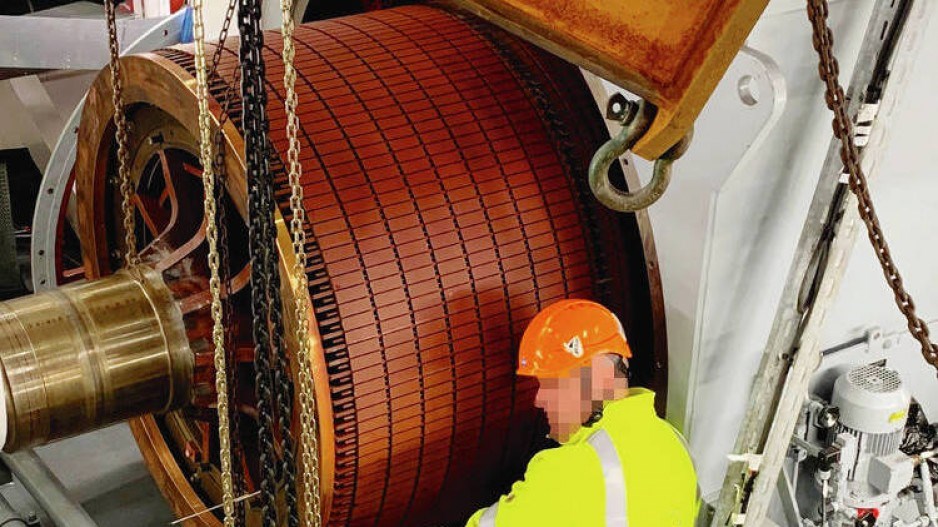Extensive repairs will keep the Coastal Renaissance ferry out of commission for at least five weeks — through the upcoming Labour Day and Thanksgiving weekends — or longer, depending on the scope of the work required.
It’s too soon to predict a return-to-service date or the ultimate repair cost, B.C. Ferries said Tuesday.
B.C. Ferries staff are contacting 7,500 customers who had bookings through the next long weekend on the vessel, which had been running between Nanaimo’s Duke Point and Tsawwassen. The company expects to reach the 3,500 remaining customers by Thursday.
Because most sailings are already booked for the Labour Day long weekend, customer care director Karen Tindall urged customers to car share or walk on. Parking lots will likely be full, too.
Coastal Renaissance was pulled from service on Aug. 17 because of an engine problem.
Built in 2007, warranties have expired on the vessel, one of three Coastal-class ferries built in Germany. They are considered to be among the most reliable in the fleet, said Nicolas Jimenez, B.C. Ferries president.
When Coastal Renaissance was pulled from service, the immediate focus was to adjust the schedule and to assist customers booked through the long weekend, he said.
B.C. Ferries is also looking at how to address demand following the September long weekend, when passenger numbers traditionally decline, Tindall said.
Coastal Renaissance is normally one of three ferries serving the Duke Point-Tsawwassen route during the summer. Queen of Coquitlam is being brought in to sail on Tuesdays and Wednesdays to help lessen the impact.
Two inspections were carried out on Coastal Renaissance on the weekend after it was towed to Nanaimo’s Departure Bay. “However, due to limited access, we will only be able to confirm the full scope of the required repair after the rotor has been removed,” said Stephen Jones, B.C. Ferries executive director of engineering.
The rotor will be replaced. Jones said there are three possibilities for repairing the stator, the other key component in the motor.
Three likely scenarios are being considered: do the repair in Nanaimo, send it elsewhere in North America or ship it to Germany.
“Obviously, our preference is to do this work locally if we can,” Jones said.
A specialist contractor is being retained to prepare lifting equipment to remove both the rotor (13 tonnes) and the stator(20 tonnes).
The earliest the rotor could be taken out will between Sept. 7 and Sept. 10, allowing a stator inspection between Sept. 11 and Sept. 15, Jones said.
Materials would have to be ordered, then rebuilding and reconditioning would be carried out. This could take about five weeks.
“I think it is safe to say that we would be unlikely to see this vessel back before mid-October,” Jones said.
Inspections of the drive motors on the other two Coastal-class vessels are expected to be completed within two weeks.
B.C. Ferries has an extensive inspection and maintenance program, the company said.
Jimenez said B.C. Ferries has plans to add to its Island-class fleet and will be going to its board this week.
It is working an a business plan, which could likely run $2 billion or more, to replace the large C-class ferries. The company anticipates having that proposal ready by March or June of 2024.
“These things don’t happen overnight to design, procure, commission the build and do the build, [and] put it into service. That is a process measured in years, not months,” Jimenez said.
Bids are solicited both domestically and internationally for new ferries.
There are few yards in B.C. capable of handling large-vessel construction, given the expertise required, the capital investment needed in a yard and the ability to hire enough skilled workers. Seaspan in North Vancouver has been building large non-combat vessels for the federal government.
>>> To comment on this article, write a letter to the editor: [email protected]




